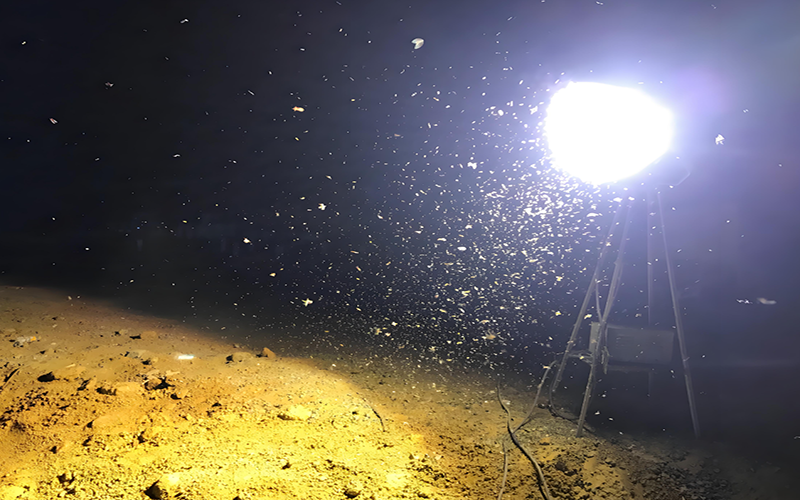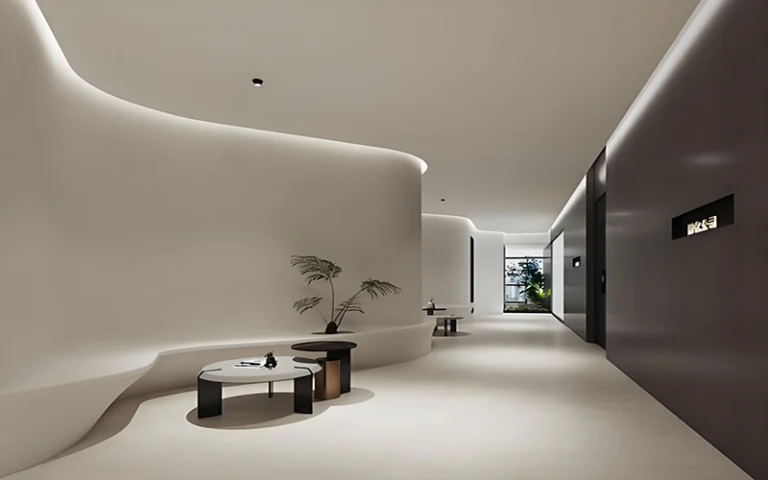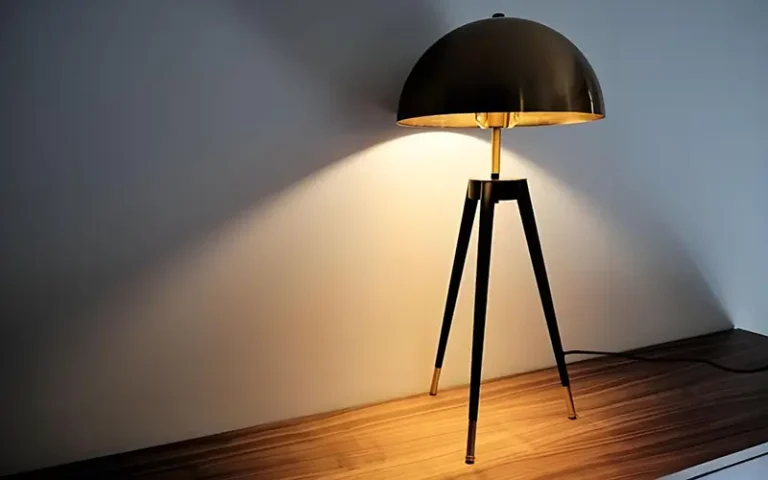Do LED Strip Lights Attract Bugs?
When you plan to illuminate your outdoor space or even some indoor areas with LED strip lights, a common question often comes to mind: Do these modern LED strip lights attract bugs?
As LED strip lights gain popularity for both decorative and functional lighting purposes, this question becomes even more relevant. The good news is that LED lights generally attract fewer insects than traditional lighting options, but the relationship between LEDs and bugs is more nuanced than you might think. Let’s explore this topic in detail to help you make an informed lighting choice.
The Science Behind Light and Insect Behavior
Insects are naturally attracted to light sources, a behavior known as positive phototropism. This attraction arises because many insects use natural light sources, such as the moon and stars, to navigate.
When artificial lights enter the picture, they disrupt these natural navigation patterns. Insects perceive light differently than humans do, being particularly sensitive to certain wavelengths in the electromagnetic spectrum. They can detect ultraviolet (UV) light, which is invisible to the human eye, and are particularly attracted to light in the blue and UV spectrum.
The wavelength of light plays a crucial role in determining its attractiveness to insects. Most insects can see light in the 300-650 nm range, with peak sensitivity typically occurring in the UV and blue light spectrum (350-500 nm). This biological preference explains why some artificial lights are more attractive to insects than others.
Why are Some Lights More Attractive to Bugs Than Others?
Not all lights attract bugs equally, and this difference has to do with three main factors: wavelength, color temperature, and heat output.

Wavelength
Insects are attracted to specific wavelengths of light, especially those in the ultraviolet (UV), blue, and green spectrum. Traditional lights, such as incandescent and fluorescent, emit a broad spectrum that often includes these wavelengths. In contrast, LEDs are more energy-efficient and emit very narrow wavelengths.
Color Temperature
Different color temperatures and light attract bugs to different degrees. For example, warm white colored LEDs, such as yellow and orange, emit wavelengths that are less likely to attract bugs. However, LEDs that emit cool colors may still attract bugs. About the warm white, please read Are Warm White LED Lights Bad For Eyes?
Heat Output
Another reason traditional light bulbs attract bugs is their heat output. For example, incandescent lights emit a lot of heat, which can draw insects closer, especially on cooler nights. LED lights, on the other hand, are much cooler and emit very little heat, making them much less attractive as a warm refuge for bugs
By choosing the right type of LED light strip, you can reduce the likelihood of attracting bugs compared to traditional lighting options.
What Bugs Do LED Strip Lights Attract?
LED strip lights give off less heat and are generally less attractive to bugs. However, they do attract some bugs because of their wavelength, color temperature, and heat output.
Moths
Moths are notorious for their attraction to light, especially ultraviolet and blue wavelengths. LEDs that emit cooler colors can still attract moths, though not to the same degree as traditional lights.
Certain beetles
Some beetles are also attracted to blue and green wavelengths, but they are generally less attracted to warm white or yellow LEDs. Beetles are more likely to approach outdoor LEDs, especially when other light sources are limited nearby.
Flying ants
Flying ants are attracted to lights at night, especially during mating season. While they are generally less attracted to LEDs than other types of lighting, they may still swarm around LED light strips if they emit cooler colors.
What Bugs Do LED Strip Lights Not Attract?
It’s worth saying that LED strip lights tend to be less attractive to a variety of insects, especially when the LEDs emit warm colors like yellow or red.
Mosquitoes
Mosquitoes are only slightly affected by light. They rely primarily on CO2 emissions, body temperature, and smell to locate their targets. Since LED lights don’t emit much heat or UV rays, they are generally not very effective in attracting mosquitoes. However, if mosquitoes are already nearby, they may be seen around the lights by accidental approach.
Cockroaches
Cockroaches tend to avoid bright areas altogether. Because it is a nocturnal animal, it prefers dark environments. They have no particular attraction to light sources, and warm-toned LED light strips are unlikely to attract them. In fact, cockroaches tend to avoid bright areas altogether.
Houseflies
Houseflies are more active during the day and tend to rely on smell rather than light to navigate. LEDs, especially warm-toned LEDs, are generally less effective at attracting flies than traditional lights.
Spiders
Spiders are generally not attracted to light and are more likely to be attracted to prey or suitable habitats.
By understanding which bugs are attracted to and which are not, you can better determine the best lighting setup to minimize the number of pests in specific areas of your home or outdoor space.
Which Places can Put LED Strip Lights Reduce the Attract of Bugs?
There are some locations that are truly less attractive to bugs, and strategically placed LED strips we can significantly reduce unwanted insect attention.

- Install LED strip under handrails or under cabinet edges where light does not directly shine
- Place LED strip lights behind LED diffusers or covers to reduce direct light emission
- Position LED strip away from entry points such as doors and windows
- Use recessed lighting arrangements whenever possible
- Consider mounting light strips at a lower height so they are less likely to intersect the paths of flying insects
7 Tips LED Strip Lights to Reduce Attract Bugs
LED strip lights attracting bugs shouldn’t be a problem indoors. Mainly outdoors, to maximize the insect repellent performance of LED light strips, consider implementing the following effective strategies:
- Choose warm white or amber LEDs (color temperature 2700K-3000K)
- Use motion sensors or timers to reduce unnecessary lighting
- Maintain a moderate brightness level, not too bright or too dim
- Clean the area around lights regularly to remove debris that attracts insects
- Consider using physical barriers such as mesh screens
- Maintain sealed fixtures to prevent insects from being trapped inside
- Position lights away from vegetation whenever possible
Conclusion
LED strip lights are one of the best lighting options for reducing attract bugs, their specific light emission properties make them significantly less attractive to insects than traditional lighting technologies.
By following the practical tips outlined in this article, you can enjoy the benefits of LED lighting without being harassed by unwanted insects. Whether used indoors or outdoors, choosing ESSENLED LED strip is a flexible lighting solution that is less likely to attract bugs, allowing you to create a pleasant and insect-free atmosphere.








